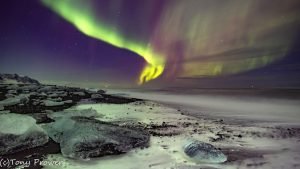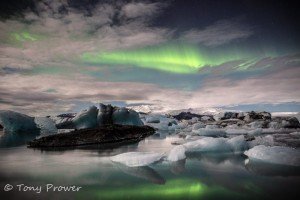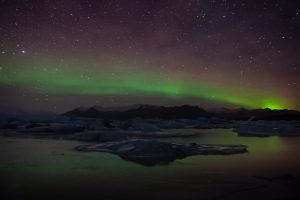Blonde Bombshell
This stunning, albeit plump, Blonde was very honoured to pose for me although jealousy overcame one of her girlfriends and our shoot was photo-bombed several times. Ok, so the light is nice, the Icelandic horse is being good and I have composed it nicely with my 50mm Carl Zeiss. But what excites me most about this image is the DOF. From the face of the horse to the tails is beautifully sharp, but everything else in the image is a subtle blur, just enough to see the landscape and just enough to give an indication of considerable distance. The subtle blur of the background mountains are just about right for the viewer to appreciate the Icelandic farm setting. Shapes and textures are still visible. There is enough information for us to understand what the background is. But it is blurred enough so that they do not hold our attention.
Zeiss Planar
The lens is a Zeiss Normal 50mm f/1.4 ZE Planar T* Manual Focus Lens for Canon EOS Cameras. My method for focusing was to estimate the distance of the nearest leg and dial this into the lens. It was fairly hit and miss because they would often walk quickly towards me. Aiming for the first leg means that the DOF at f/6.3 will include the eyes and tail. When the focus is right it is fantastic and rewarding. You ca also see the sharpness on the ground matches exactly where the horse is stood.
50mm Prime Lens
Having a 50mm prime lens is very important. If I ever felt that my composition was becoming sloppy, I would force myself to use my Zeiss 50mm prime exclusively. A 50mm lens is the truest focal length. The light coming into a 50mm lens is barely bent at all. The 50mm focal length represents my central vision.
In this next pic, the group of adults eating are photo-bombed by this cheeky chappy…
Getting attention
Again you can see how the f/6.3 has given the distant objects a gentle, realistic blur to obligate your attention to the baby. Or, you could twist that and say that the foal commands your attention and your attention demands that the foal is sharp. How would you feel if the background horses were sharp and the foal blurry? Would you keep or discard the image?
My decision could go either way. In most cases I would reject the photo if the subject is not in focus. But, maybe I want to demonstrate that I was taking a photo of the other horses, but was photo-bombed by the foal. This would, essential communicate a mistake. A photographer with bad timing, or a camera with a slow auto-focus. It could communicate how humans are not in control over nature. That is why there are no right and wrong answers in photography. All the time, the photographer is allowed to twist what they want to communicate, we will struggle to implement hard and fast rules in photography. There are guidelines toward popularity. If you want people to like your horse picture, try f/6.3 aperture and focus on the shoulder.
Conclusion
In situations where you want to isolate a large subject, like a horse, iceberg or motorbike, f/6.3 has the great mixture of background blur and sharpness. But remember to get the best out of it and focus a third into the object. Auto-focus will find the closest edge. This will work, but you are missing a third of the potential for sharpness. The background is important if you want your subject to come alive in the photo. My favourite photos of Icelandic horses have the mountains in the background. Background blur is know as ‘BOKEH‘. With the right amount of bokeh it is possible to communicate the vastness of the land of the Icelandic horse.
Prime Lenses
The photos in this post were taken with m Zeiss 50mm f/1.4.





















